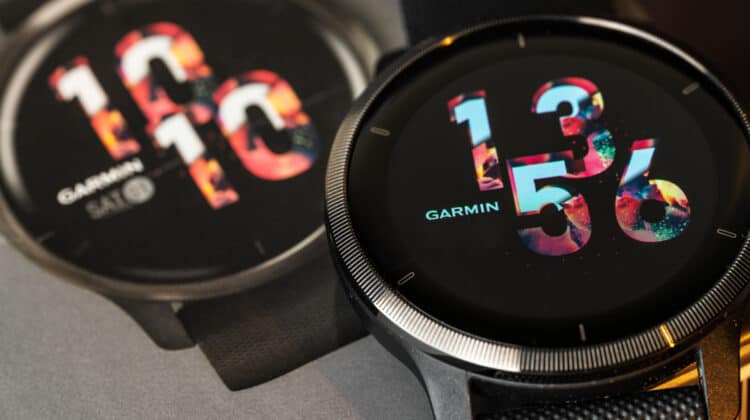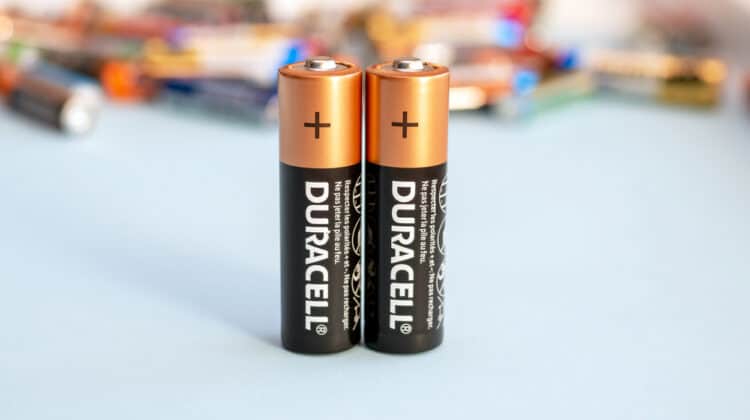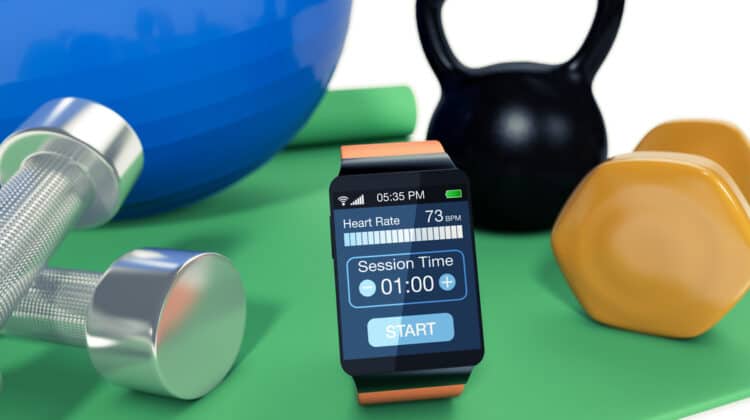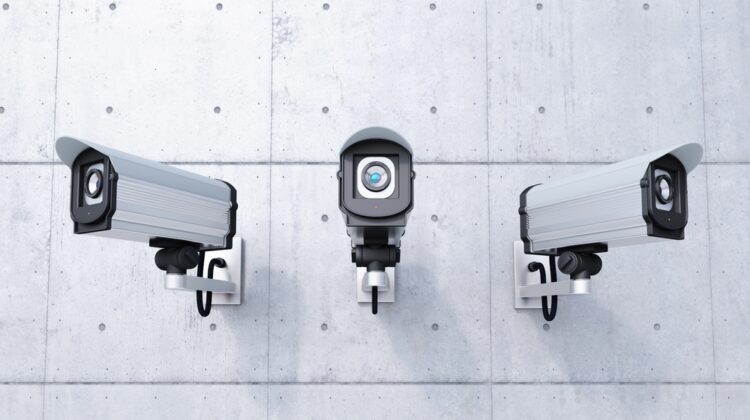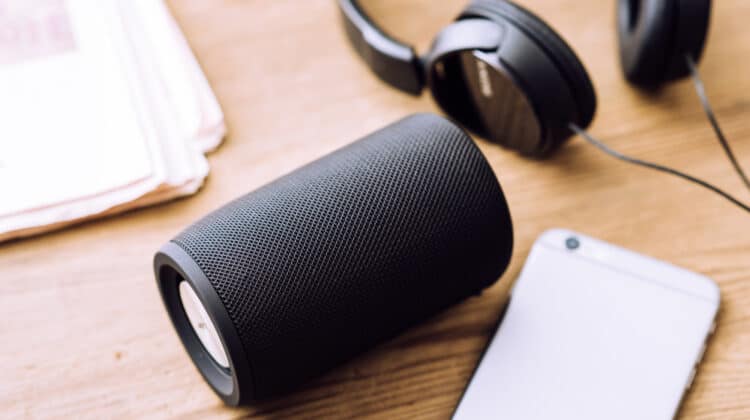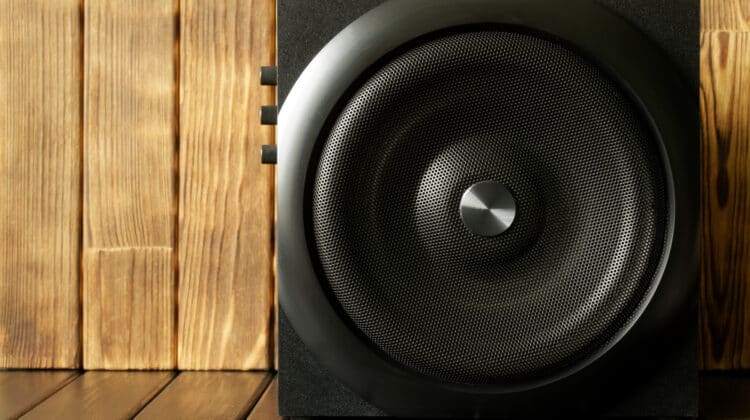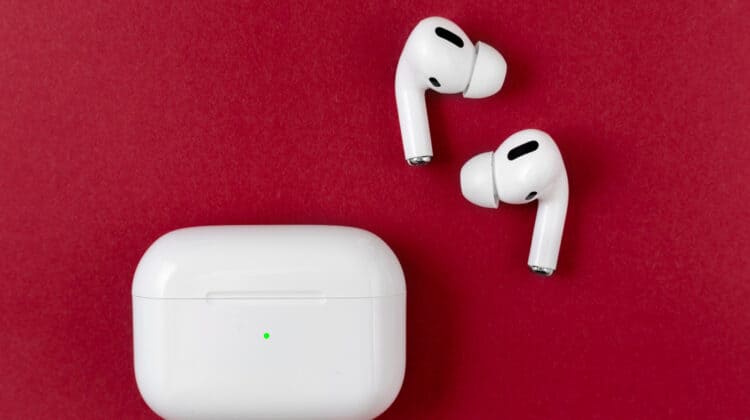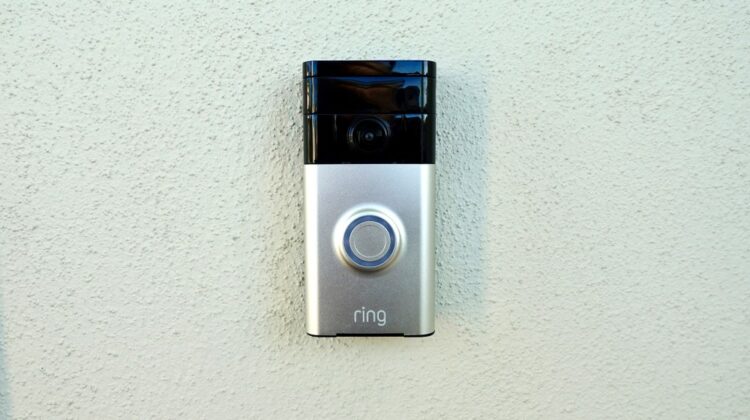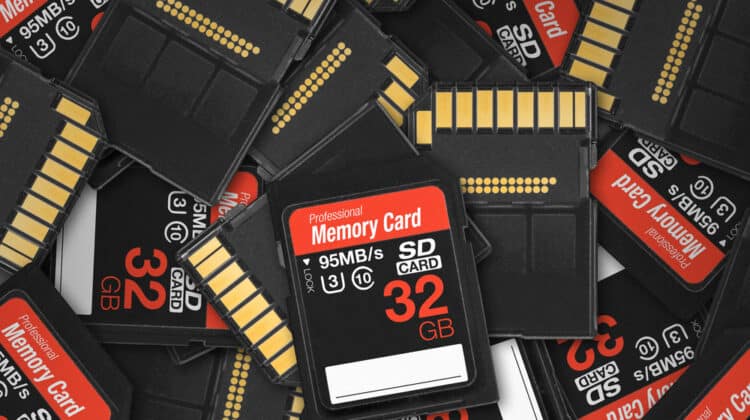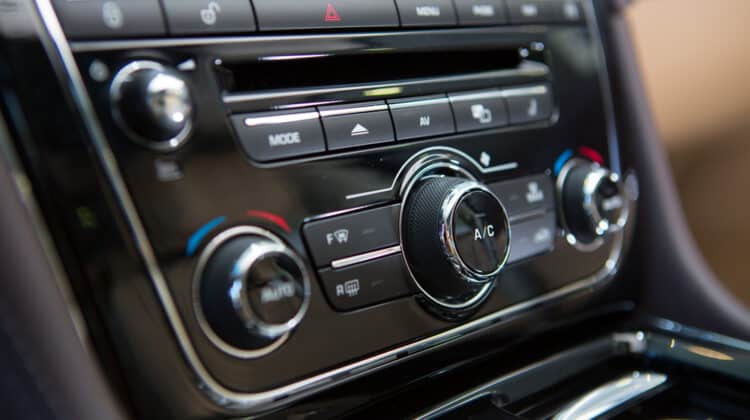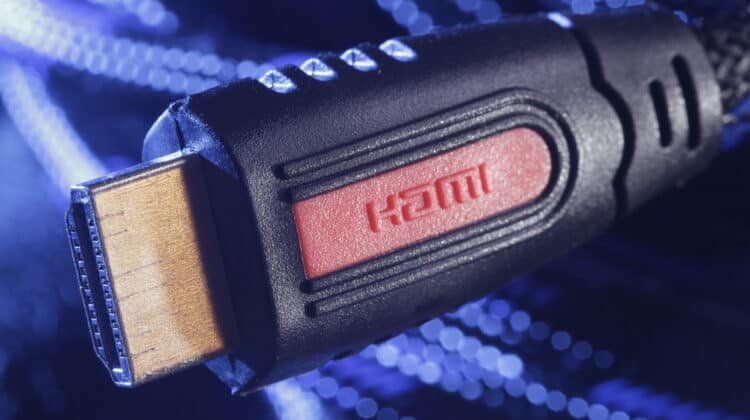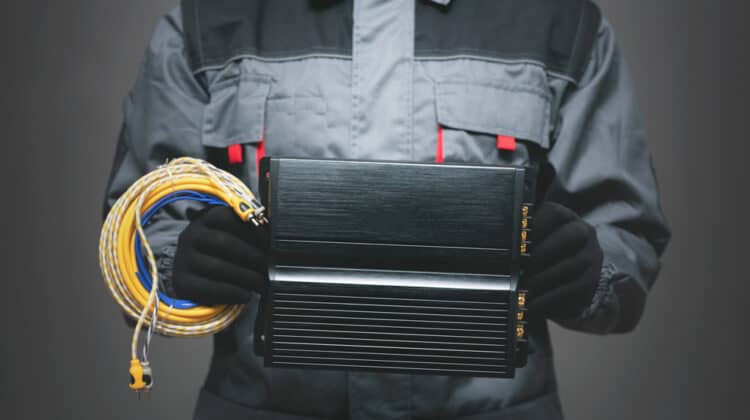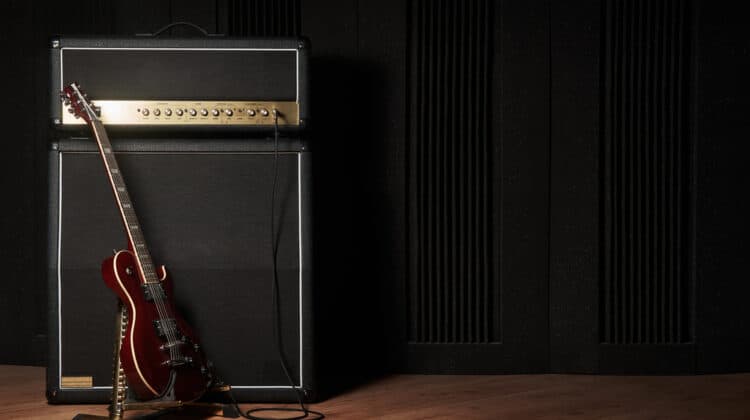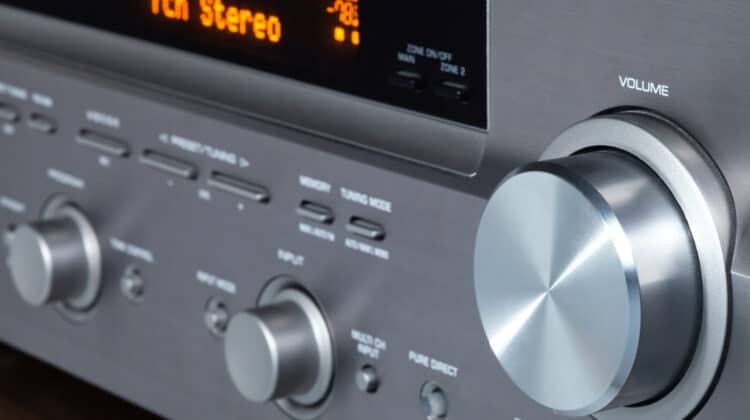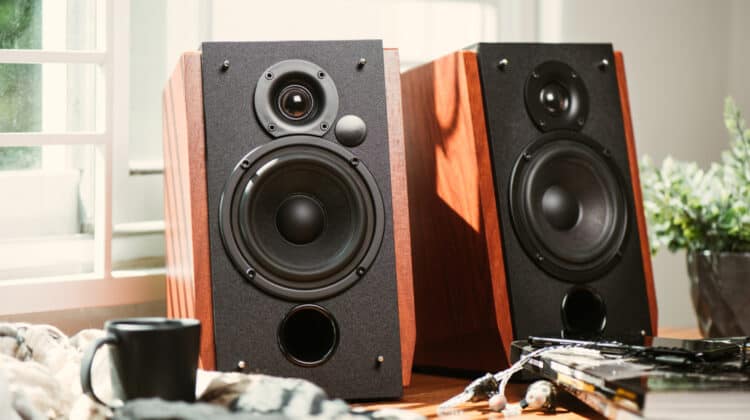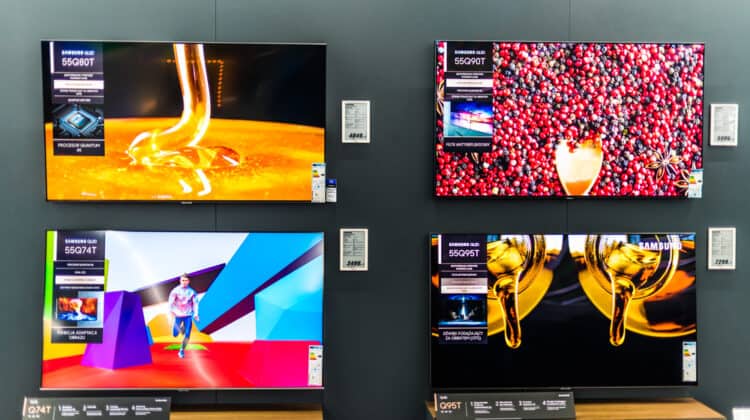
All-in-one coolers are pre-assembled water cooling solutions that allow you to cool down your CPU and motherboard with extreme efficiency.
These coolers are easier to install than custom water cooling systems because they come pre-assembled with all the components.
As the name suggests, they consist of a radiator, fans, cooling block, tubes, and pump.
AIOs use a liquid mixture to transfer heat from PC components to the radiator and the fans.
The complexity and variety of parts in this type of cooler might make you wonder how long they usually last.
Are they worth investing in, or will you end up replacing them with an air cooler in a few months?
How Long Do AIO Coolers Last?

Most companies state that their all-in-one (AIO) coolers last up to 7,000 hours.
That usually translates to anywhere between three and seven years, depending on how much you use your computer and the ventilation.
Most reputable cooling companies such as Corsair and EK offer three or five-year warranties for their products.
That said, it’s not uncommon to see some AIO coolers last over eight years and others fail in a matter of months.
Ultimately, the lifespan of an AIO depends on its materials, liquid mixture, and maintenance.
To understand the frequent causes of liquid cooler failure, we first need to discuss how they work.
How Do AIO Coolers Work?

An AIO consists of five components: cooler block, pump, radiator, fans, and cooling liquid.
The cooler block attached to the CPU or GPU draws heat from the chip.
The liquid pumped into the cooling block absorbs the heat and passes through a tube to transfer the heat to the radiator.
The liquid then travels through half of the radiator channels where the aluminum or copper fins attract the heat.
The fans dissipate the heat from the radiator and cool off the liquid.
The liquid makes a U-turn in the radiator and travels through the second half of the channels.
The second tube carries the liquid back into the cooling block.
Liquid Mixture
Cooling companies can use four different types of liquids in their water coolers:
- Water
- Glycol and water mixture
- Deionized Water
- Dielectric liquid
AIO coolers usually contain a mixture of glycol and water.
Ethylene glycol or propylene glycol are more common because they’re ideal for long-term storage and can withstand exposure to extreme heat or cold.
Ethylene glycol has better thermal properties, such as a higher boiling point and a lower freezing point.
It also requires less pumping power because of its lower viscosity.
However, its higher toxicity levels are a concern.
That’s why some companies have switched to propylene glycol, one of the safest liquids users can use in close environments.
Both of the liquids are corrosive and may cause damage to the cooler over time.
Because of that, companies use a mixture of water and glycol to lessen the corrosive effects.
Moreover, they add anti-corrosion materials to the mix to diminish this effect even more.
The manufacturer seals AIO coolers, so users can’t add liquid to the cooler.
That is why you need to pay close attention to the liquid used in the cooler before purchasing it.
Factors That Affect An AIO’s Lifespan

AIOs usually fail for one of three reasons.
Aside from these “main reasons,” many small factors can either prolong the lifespan of the cooler or shorten it.
Here are the most common problems that may occur.
1. Installation Problems
Installing AIOs is a quick process, but this doesn’t mean that you should handle it carelessly.
For example, the tubes should always be on the bottom side of the CPU cooler block and the radiator.
Otherwise, they’ll make a lot of bubbling noise, and the fluid won’t rotate optimally in the system.
The bubbles caught in the loop will travel into the outgoing tank if the radiator tubes are on the top and cause issues.
If the radiator tubes are on the bottom, the bubbles will move out of the loop without causing any problems.
Another common installation mistake involves the pump’s location.
In some designs, the pump is located at the top of the case and the radiator at the bottom.
The pump always needs to be on a lower level than the radiator.
Even if you install these two parts on the same level, it can cause the pump to make noise and potentially get stuck.
This information isn’t usually included in the installation manual.
A technician may provide the necessary information to install an AIO cooler perfectly.
2. Air Bubbles
Tiny air bubbles are natural and cause noise in AIO coolers.
The coolers also can be up to 10 percent empty by default.
The liquid inside the cooler also evaporates over time, creating space for more air bubbles.
Sometimes, these air bubbles merge to make giant bubbles that get stuck in the loop and block the outgoing tank.
If a big bubble gets stuck in the pump, the pump will fail in seconds.
Pump failure may cause the liquid to exceed 60 degrees centigrade and wreak havoc on your system.
There are a few solutions to removing the bubbles, such as setting the cooler to the extreme mode or tilting the PC case slowly while the pump is running.
3. Corrosion
Manufacturers make their radiators out of aluminum, copper, and brass.
The fins inside the radiator are usually copper or aluminum.
Copper offers better thermal performance than aluminum.
It’s also more resilient and degrades at a lower rate.
On the other hand, aluminum is cheaper and allows the manufacturer to produce a much more affordable AIO cooler.
Therefore, AIO coolers with copper fins tend to last longer than those with aluminum fins.
Additionally, these aluminum fins are welded using a flux that can be highly corrosive when mixed with a cheap coolant.
This corrosive mixture causes the oxidation of aluminum.
Plus, it forms a substance that gets stuck in the radiator pipes or sticks on the cold plate, eventually blocking the pipes or preventing heat transfer.
The tubes also may wear off and even leak.
Companies design the tubes to withstand 60 degrees Celsius.
While it’s unlikely for the liquid temperature to rise beyond that, even if your CPU is at 90 degrees Celsius, the situation becomes more probable when the cooling system gets old.
Additionally, some companies use softer and thinner tubes to make them flexible.
By doing this, they significantly increase the risk of leakage.
Even though leakage is rare in AIO coolers, it can destroy the whole PC.
Some companies state that they use a dielectric liquid in their coolers, but even this liquid will become conductive over time.
The flow of dielectric liquid inside the radiator will cause the metal to share ions with the fluid, making it conducive in the long run.
What Are AIO Coolers Used For?

AIO coolers, and water cooling in general, are effective solutions for PC enthusiasts planning on overclocking their systems.
Overclocking means changing the CPU or GPU voltage and increasing the clock frequency, resulting in a better performance.
However, overclocked processors generate more heat than standard processors.
Water coolers are capable of cooling overclocked processors without struggle.
The best AIO coolers in the market can drop the temperature of an overclocked processor to 55 degrees Celsius, which is even better than the optimal temperature.
Furthermore, most AIO coolers are considerably silent.
Manufacturers use foam near the pump to make the cooler produce less noise and vibration.
The efficiency and low-noise operation of AIOs make them suitable for mining rigs, as they can keep the GPU ice-cold even running the whole day.
That said, water cooling isn’t always the best alternative in terms of noise or heat dissipation.
A well-designed air cooler can outperform some of the best AIOs in the market, as these YouTubers found:
What Is The Difference Between Custom Water Cooling And AIO?

Liquid coolers are divided into two categories: AIO coolers and custom loop coolers.
Based on the PC case size and the need for cooling, users can choose among the million AIO coolers available in the market and attempt to install them themselves.
Custom coolers, however, aren’t easy to install.
Professionals usually install them because the cooling system may need additional pipes or tubes.
Also, the risk of leakage in custom loop systems is much higher.
That’s why you shouldn’t install these coolers without enough knowledge or proper tools.
Custom loop water cooling and AIO differ in:
- Lifespan
- Installation
- Performance
- Customization
1. Lifespan
Custom water cooling systems will last a decade if you maintain them regularly and use a high-quality coolant.
They contain more complicated and advanced parts, and corrosion can do irreversible damage to these components.
You need to clean custom cooler fans and radiators regularly to avoid mishaps.
Also, keep an eye on the liquid levels as vaporization is a frequent problem in custom loops.
Custom loops have an additional component called the Reservoir, a liquid tank that you need to refill from time to time to ensure the constant coolant flow into the cooling system.
You also need to use a proper mixture for the liquid.
Although tap water or distilled water will do just fine in terms of cooling, they may cause further problems as tap water contains minerals.
The best approach is to buy a pre-mixed, non-concentrated solution from a reputable company like Corsair.
2. Installation
You can use an AIO after you’ve installed the CPU and pump block and attached the radiator to the fan slots.
However, this is not the case for custom coolers.
Custom coolers come with multiple parts that need to be connected using tubes.
The tubes can be flexible, making the installation easier, or solid, which will require a heat gun to bend.
You should plan out the tube route and design before installation.
Unlike AIO coolers, you still need to take care of the custom coolers after the installation and maintain them from time to time.
3. Performance
AIO coolers usually perform better than air coolers, and custom loop water coolers perform best.
Custom coolers have more room, thus more liquid to work with.
More liquid means more heat absorption and cooler processors.
You can integrate more than one radiator in custom loop coolers, setting up more fans in the PC.
An AIO cooler with one fan will make a lot of noise since the single fan has to cool off the radiator all by itself.
Multiple fans mean less stress on the fans and less overall noise.
Moreover, a larger radiator gives you more surface to dissipate heat.
Therefore, your fans won’t have to run at high RPMs to cool down the radiator.
4. Customization
AIO parts come pre-packaged, meaning you can’t replace them, but in a custom loop, each component is a separate purchase, whether it’s the pump or the radiator.
Although buying the parts from the same brand is highly recommended, some users prefer to customize their build with unique components fully.
As the name suggests, you can install custom coolers pipes to cool off GPU and CPU simultaneously, bringing ultimate efficiency to the table.
Some designs provide out-of-the-case cooling systems if you’re using a mini case and don’t have much room for bulky radiators or long pipes.
While some AIO coolers offer RGB lighting and even a small screen on the CPU block to add to the aesthetics, the level of customizability is limited.
In contrast, with a custom loop system, you can design the RGB lighting of their custom coolers.
You can purchase transparent tubes and fill them with colorful liquid, which will add to the appearance of the case.
In conclusion, coolers can be customized in an unlimited number of ways, but it may be expensive to do so.
What Are The Best AIO Coolers?
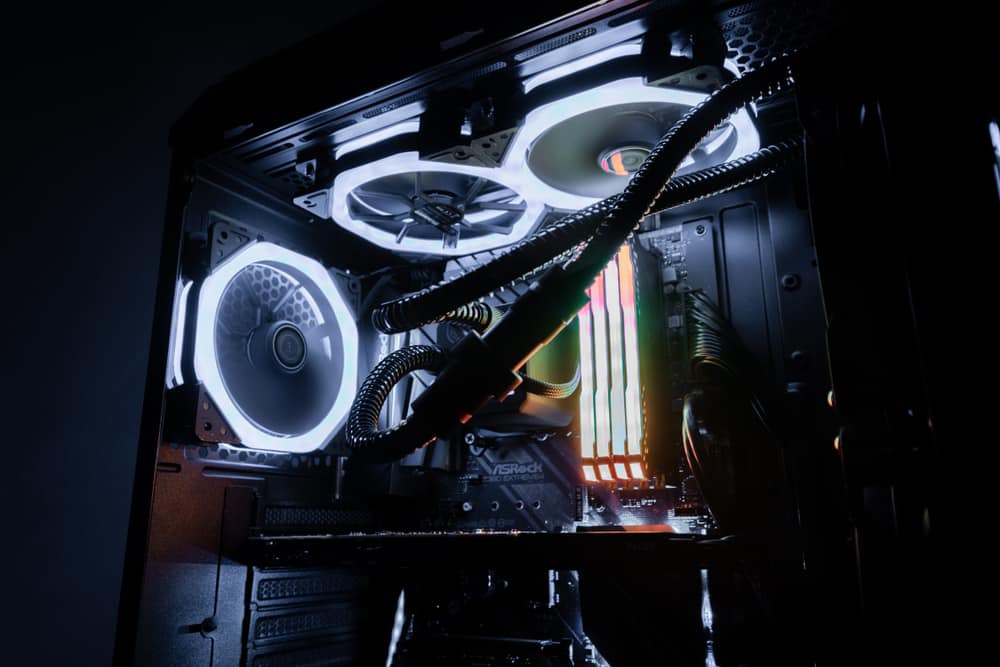
A quick search online reveals hundreds of AIO coolers with excellent quality, but here’s a list of products that have been ranked high in many reviews.
1. MSI MEG CoreLiquid S360
MSI is mainly known for its gaming laptops and motherboards, but the company also manufactures liquid coolers such as MSI MEG CoreLiquid S360.
The reviewer tests have shown that this cooler from MSI offers excellent cooling properties and is completely customizable using the dedicated application.
The cooler’s app lets you change between different fan modes to reach the desired temperatures.
The cooler lacks RGB lighting, but MSI has featured a fully customizable 2.4-inch screen to make it up to the users.
You can set this screen to display the CPU temperature or frequency.
The radiator is made of aluminum, making the product affordable but also less durable.
However, the cold plate is copper, offering excellent thermal conductivity.
The pipes are made of rubber which makes them super flexible.
The company claims that the fans use hydro-dynamic bearings, extending the fan’s lifespan to 50,000 hours.
2. NZXT Kraken X63
NZXT claims that this affordable cooler will last six years if kept in optimal conditions.
The radiator is made of aluminum, and the tubes are made of rubber with nylon sleeves.
The cooler stays silent even under heavy load with fluid-dynamic bearing on the fans.
This cooler did well in reviews and has managed to keep the CPU cool under heavy gaming sessions or rendering processes.
The CAM software allows you to change the cooler’s RGB lighting and manage the fan rotation speed.
This application can also customize the screen on the CPU block, but you can only change the colors and not what it displays.
NEXT: Why Are Camera Lenses So Expensive? (Top 10 Reasons)




